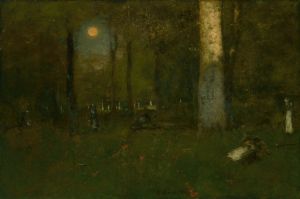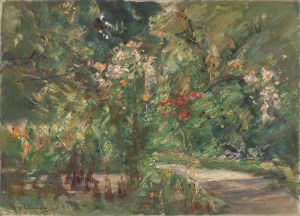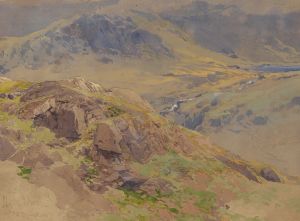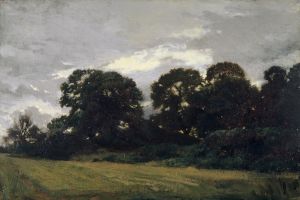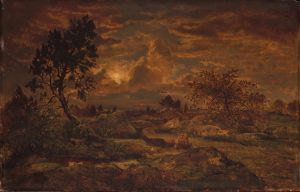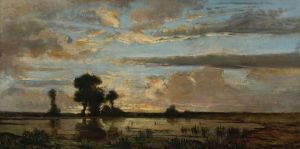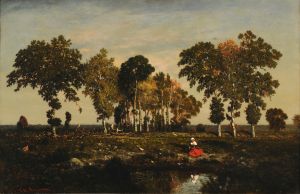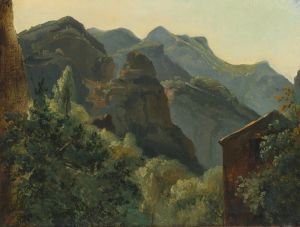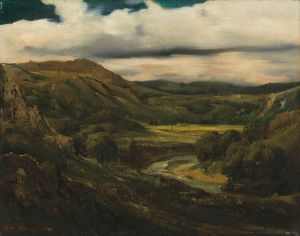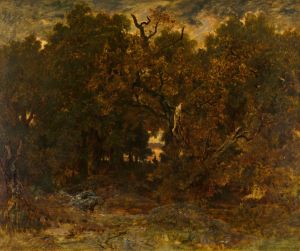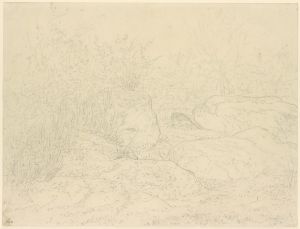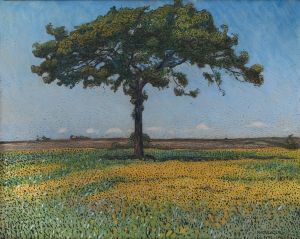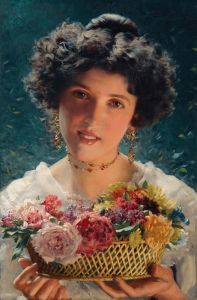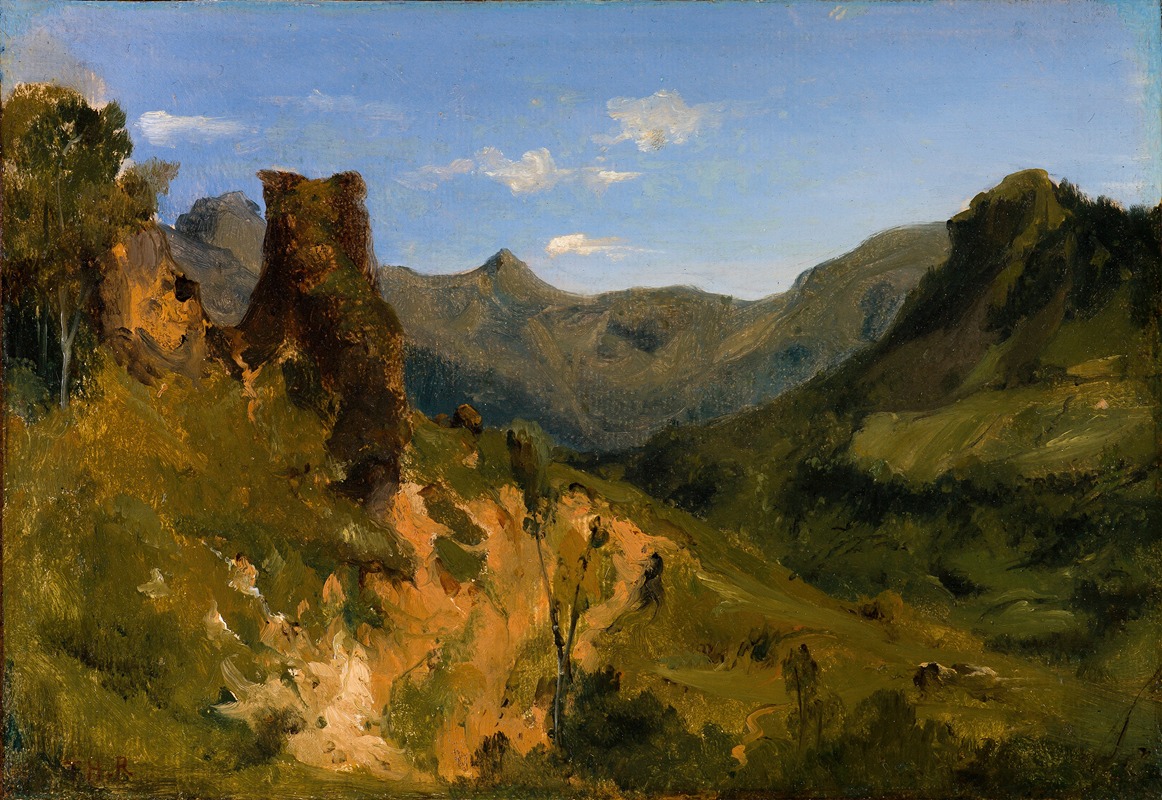
Valley in the Auvergne Mountains
A hand-painted replica of Théodore Rousseau’s masterpiece Valley in the Auvergne Mountains, meticulously crafted by professional artists to capture the true essence of the original. Each piece is created with museum-quality canvas and rare mineral pigments, carefully painted by experienced artists with delicate brushstrokes and rich, layered colors to perfectly recreate the texture of the original artwork. Unlike machine-printed reproductions, this hand-painted version brings the painting to life, infused with the artist’s emotions and skill in every stroke. Whether for personal collection or home decoration, it instantly elevates the artistic atmosphere of any space.
"Valley in the Auvergne Mountains" is a painting by the French artist Théodore Rousseau, a prominent figure in the Barbizon School, which was a movement towards realism in art during the mid-19th century. Rousseau was born on April 15, 1812, in Paris, France, and he became known for his detailed and atmospheric landscapes that often depicted rural scenes and natural settings.
The painting "Valley in the Auvergne Mountains" showcases Rousseau's exceptional ability to capture the essence of the French countryside. The Auvergne region, located in central France, is known for its dramatic landscapes, including volcanic mountains, lush valleys, and picturesque villages. Rousseau's work in this painting reflects his deep appreciation for nature and his skill in rendering its beauty with meticulous attention to detail.
In "Valley in the Auvergne Mountains," Rousseau employs a rich palette of earthy tones to depict the verdant landscape. The composition is characterized by its expansive view of the valley, framed by the imposing mountains in the background. The play of light and shadow across the terrain adds depth and dimension to the scene, creating a sense of tranquility and timelessness. Rousseau's brushwork is both precise and expressive, capturing the textures of the foliage, the ruggedness of the mountains, and the softness of the sky.
Rousseau's approach to landscape painting was influenced by his desire to move away from the academic traditions of his time, which often idealized nature. Instead, he sought to portray the natural world as he saw it, with all its imperfections and variations. This commitment to realism is evident in "Valley in the Auvergne Mountains," where the artist's keen observation of the natural environment is on full display.
The Barbizon School, of which Rousseau was a leading member, was named after the village of Barbizon near the Forest of Fontainebleau, where many of the artists associated with the movement gathered to paint en plein air (outdoors). This practice allowed them to study the effects of natural light and weather on the landscape, resulting in more authentic and dynamic representations of nature. Rousseau's work, including "Valley in the Auvergne Mountains," played a significant role in the development of this movement and its emphasis on realism.
Throughout his career, Rousseau faced challenges in gaining recognition from the official art institutions of his time. His works were often rejected by the Salon, the prestigious annual art exhibition in Paris. However, he eventually gained the admiration of fellow artists and critics, and his contributions to landscape painting were acknowledged. Today, Rousseau is celebrated as one of the pioneers of the Barbizon School and a master of 19th-century French landscape painting.
"Valley in the Auvergne Mountains" remains an important example of Rousseau's artistic legacy. The painting not only reflects his technical skill and artistic vision but also his deep connection to the natural world. It continues to be appreciated by art enthusiasts and scholars for its beauty and its significance in the history of landscape painting.






